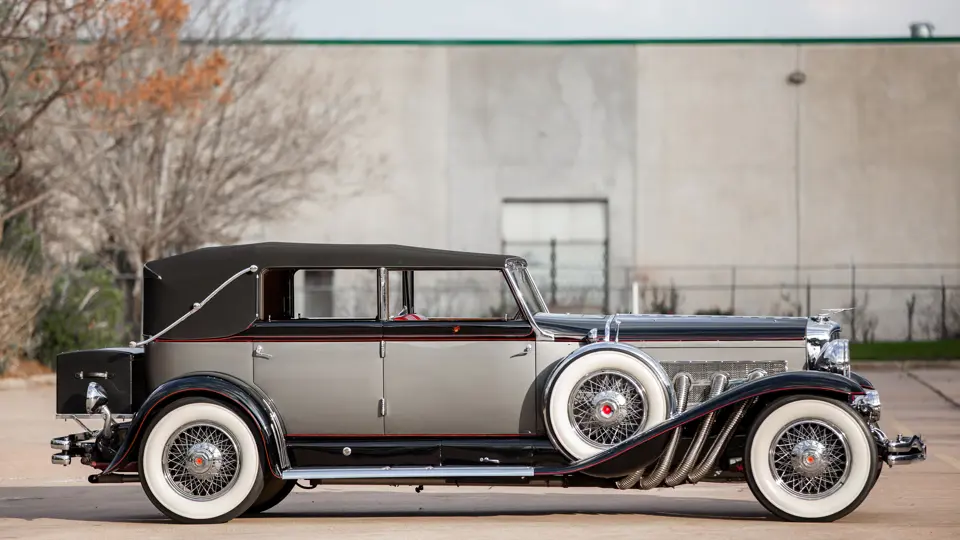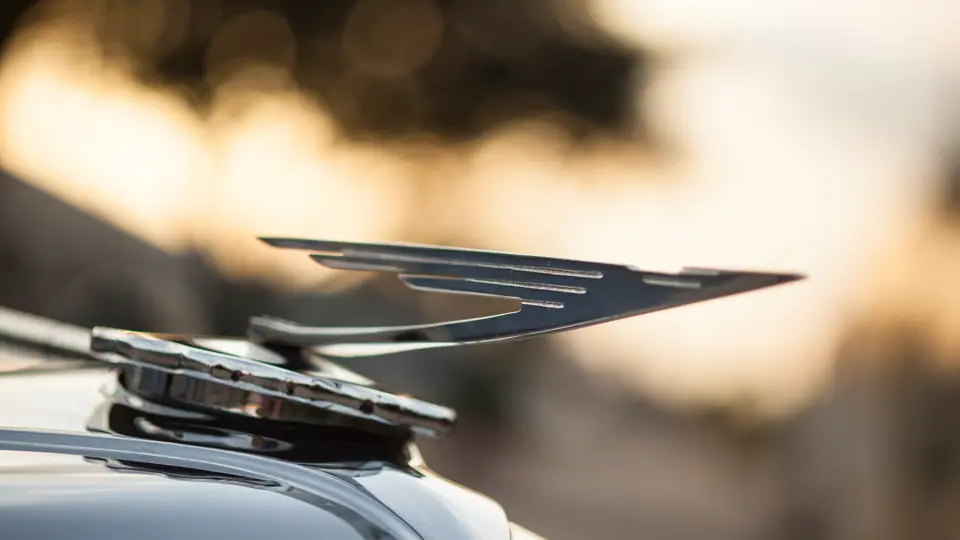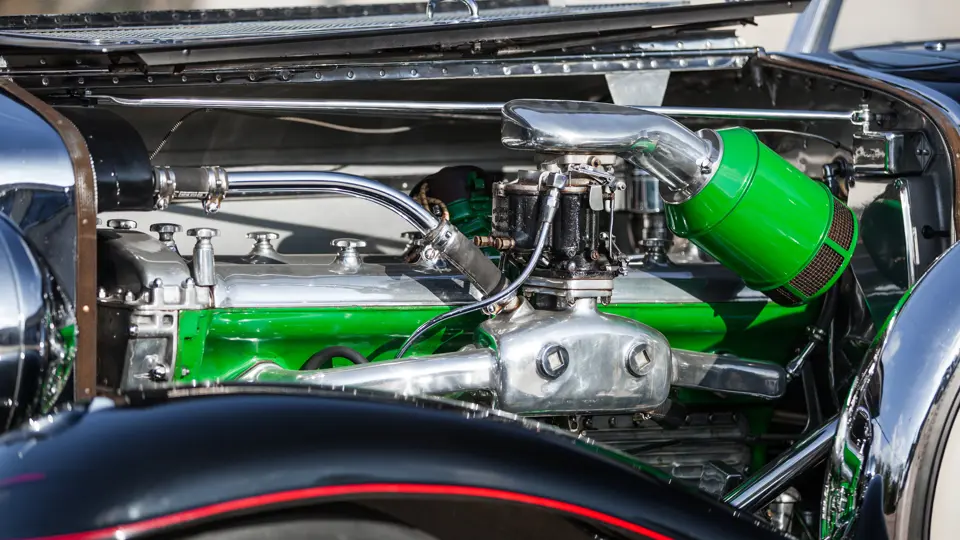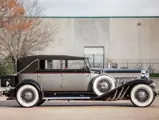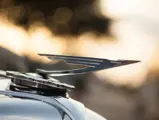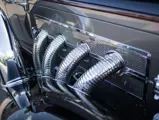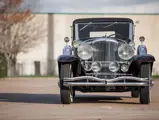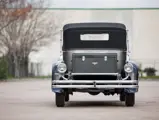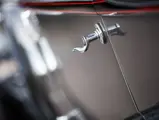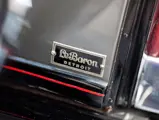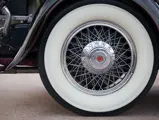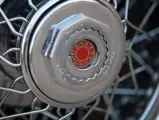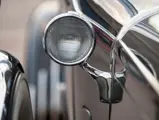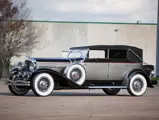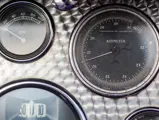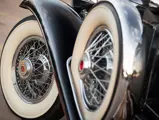265 bhp, 420 cu. in. DOHC inline eight-cylinder engine with four valves per cylinder and hemispherical combustion chambers, three-speed synchromesh manual transmission, beam-type front and live rear axles with semi-elliptic leaf springs, and vacuum-assisted four-wheel hydraulic brakes. Wheelbase: 153.5"
• Offered from the Estate of John O’Quinn
• Displayed at the 1929 New York Auto Show; the first LWB chassis built
• Known provenance from new; the first Canadian-delivered Duesenberg Model J
• Several noted owners in recent years
Today, it is easy to imagine the sheer excitement sparked by the Duesenberg Model J, with its announcement shaking America’s automotive industry and reportedly even halting trading on the floor of the New York Stock Exchange. Based on a mighty chassis with many leading-edge features and powered by a highly advanced eight-cylinder engine with dual overhead cams, 32 valves and hemispherical combustion chambers developing 265 bhp (some 100 bhp more than its nearest competitor), the J was priced at $8,500 for the chassis alone. It was by far the most expensive car in America. The Model J was publicly unveiled at the 1929 New York Auto Show, where seven examples were on display. One of them, J103, the example offered here, is particularly notable as the first long-wheelbase Model J chassis ever built.
The Model J was capable of carrying the most elegant and impressive custom coachwork ever conceived. Among the various custom-coachbuilders that cloaked the Model J, however, LeBaron was one of the most prolific, and the firm was in fact one of the top four coachbuilders to work their magic on the Model J, with 33 different designs executed. LeBaron’s Convertible Berline was at once one of the rarest and most striking of its renowned designs, and most critics agree that it is one of the most elegant convertible sedans ever built. Dual side-mounted spare tires, a rear-mounted LeBaron trunk and Landau irons provide a formal influence, while the external exhaust with cutout adds a decidedly sporting appeal. This car, J103, is one of just three of these striking Convertible Berlines built, only two of which survive today.
J103: THE FIRST CANADIAN DUESENBERG
William C. (Billy) Van Horne was Canada’s first (and only) Duesenberg dealer, although it was his grandfather, William Cornelius Van Horne, who first made his mark in Canadian history as the driving force behind the construction of the first cross-Canada rail link when he pounded in the final gold spike at the point where westbound and eastbound construction met. As President of the Canadian Pacific companies, he also established the nationwide chain of elegant luxury hotels in such places as Banff, Lake Louise, Vancouver, Victoria and Toronto. He also established the legendary CP Express shipping line that offered regular and reliable service from Canada to the Orient.
Billy Van Horne bought J103 new in 1929. It was one of the very first Model Js ever built and, consequently, one of the most-photographed examples at the New York launch of the new Duesenberg. Originally it was fitted with a Holbrook seven-passenger limousine body and became one of the stars of the New York show. Mr. Van Horne had also negotiated the Canadian distribution rights for the Auburn Cord Duesenberg Company, and he opened showrooms in Toronto and Montreal. Reportedly, business was not good, and ultimately he bought just three cars for the Canadian market, with the other two being J149/2414, a LeBaron Phaeton, and J193/2214, a Murphy Convertible Sedan.
Historians believe that Van Horne found sales so slow that he used each car he bought as his personal transportation for a period of time before selling them, probably as “demonstrators.” This certainly seems to be the case with J103, as he retained it as his showroom display car for several months before selling it to another famous Canadian, William Christie, whose grandfather had founded the Christie Cookie Company. In 1931, Christie traded the car at a Cadillac dealership, where it was resold to Arnold Burke, a Toronto businessman who owned an X-ray company.
In 1935, Mr. Burke shipped the car back to Duesenberg, where he had the factory mount the present LeBaron Convertible Berline body. The car remained with Mr. Burke until 1957, when it was sold to Alan Thurn, a well-known Duesenberg collector in Pennsylvania. In 1959, J103 returned to Canada when Tom Landreth of Galt, Ontario bought it. Mr. Landreth restored the car for the first time, selling it to a retired Indiana school teacher named Ed Hedges in 1962. The car remained in the Midwest thereafter until 1978, when it was acquired by two brothers, Larry and Marvin Kopp, who owned the car for nearly 10 years, upgrading the restoration and showing it several times during their tenure. During their ownership, J103 received its CCCA Senior Award (Badge 919) during the early 1980s. Subsequent ownership history is well known and includes noted collector Rogers Willbanks of Denver, who acquired the car in the 1990s. Mr. Willbanks kept the car for several years, upgrading it over time in order to maintain its concours-level condition. Today it is offered from the esteemed estate of John O’Quinn.
In addition to its handsome LeBaron Convertible Berline body, J103 is well equipped with such desirable features as external exhaust, dual Pilot Ray driving lights, matching twin tail lights, 19-inch chrome wire wheels and double whitewall tires. As highly coveted now as when new, Duesenbergs have come to represent the peak of Classic Era stylistic and technical excellence. J103 certainly fits into this exclusive group, with the added benefit of rarity and known history from new.
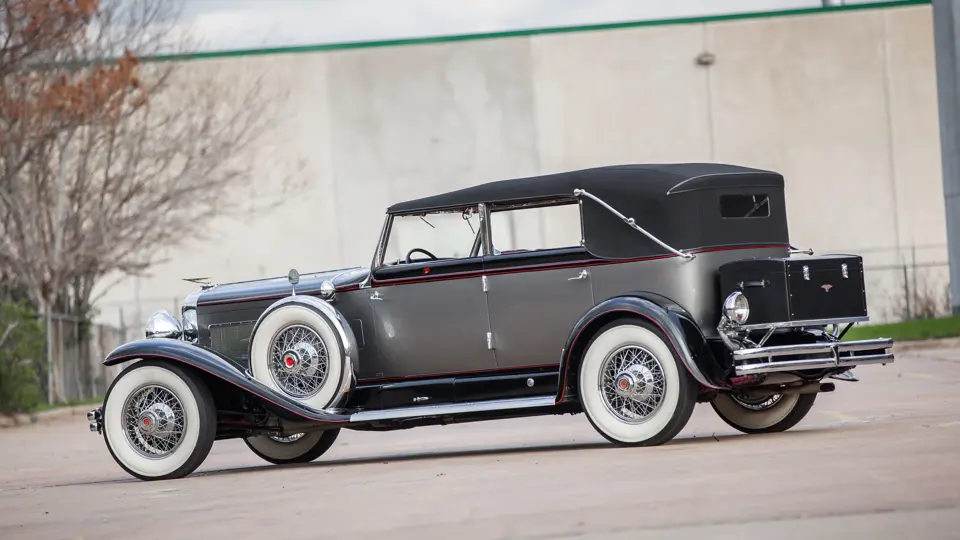
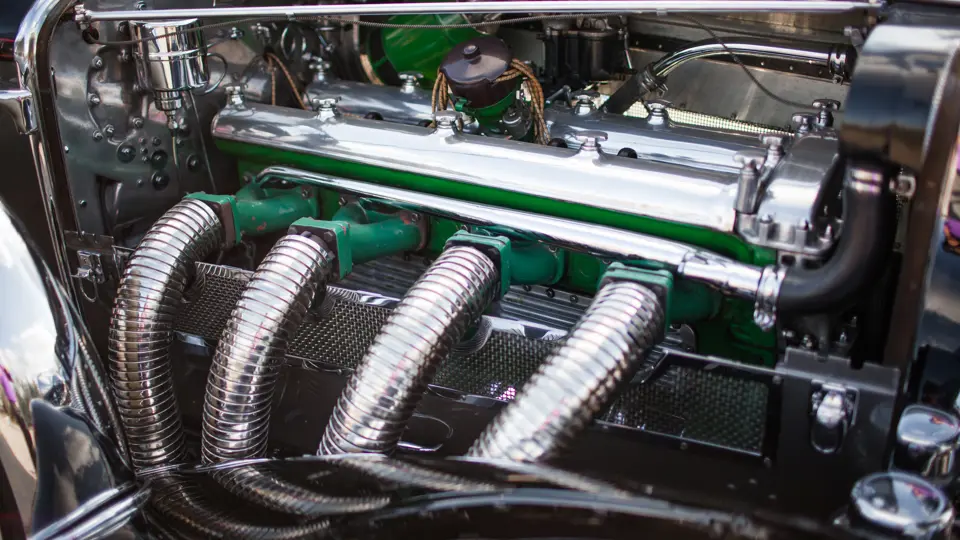



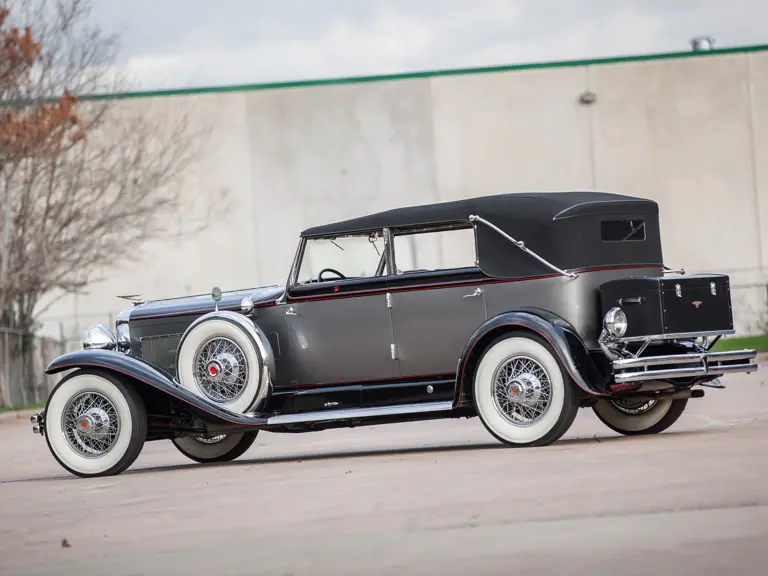
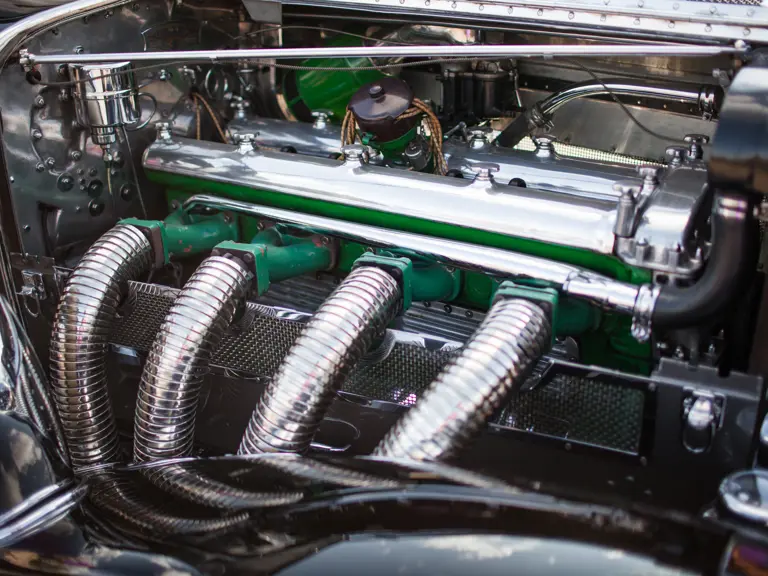






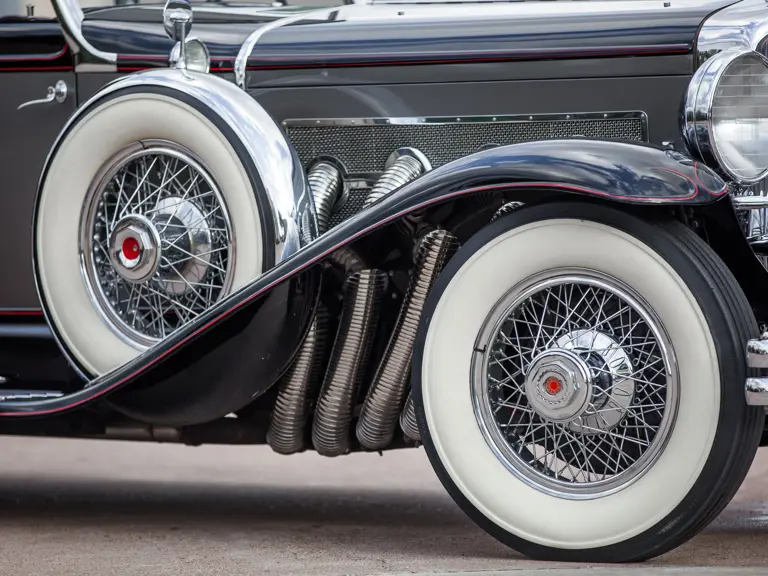

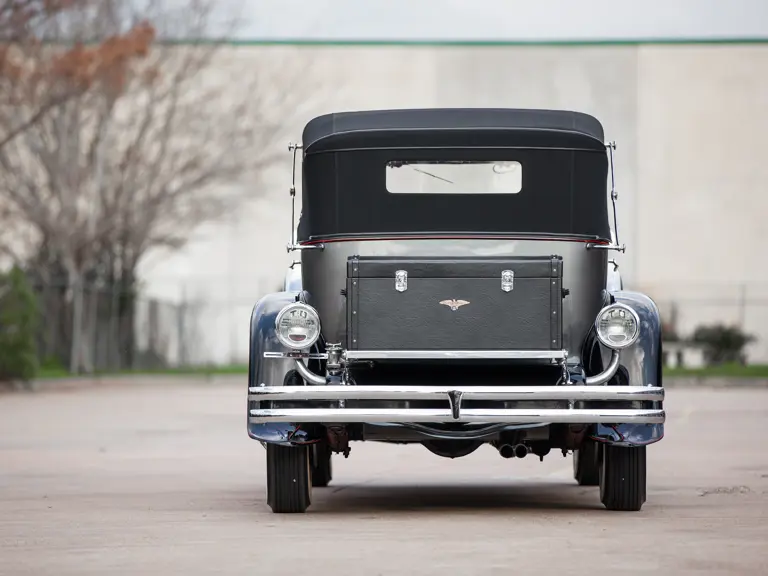
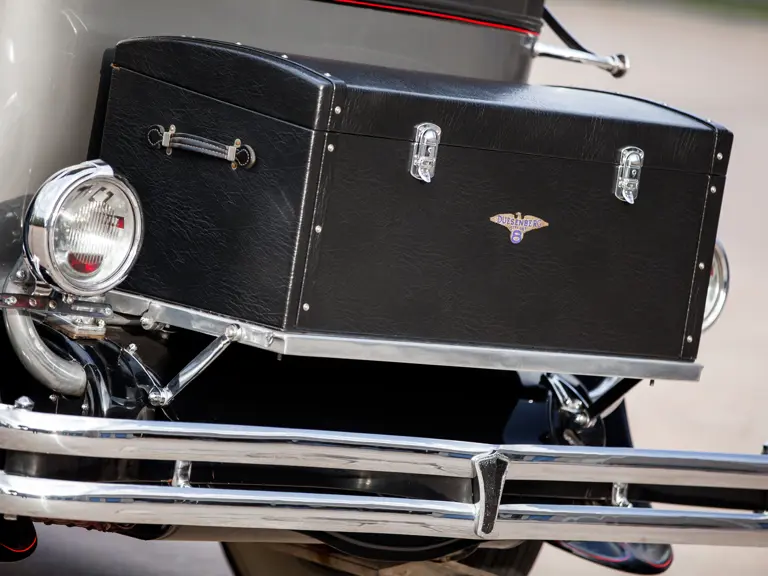
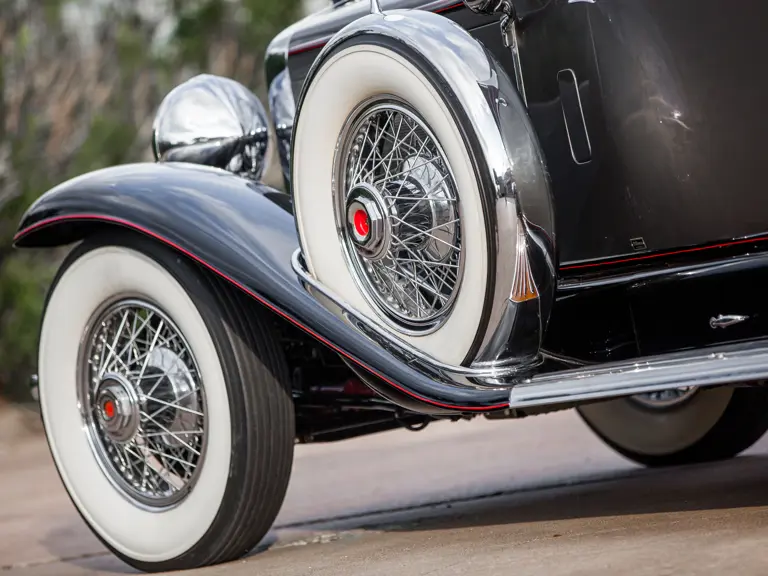
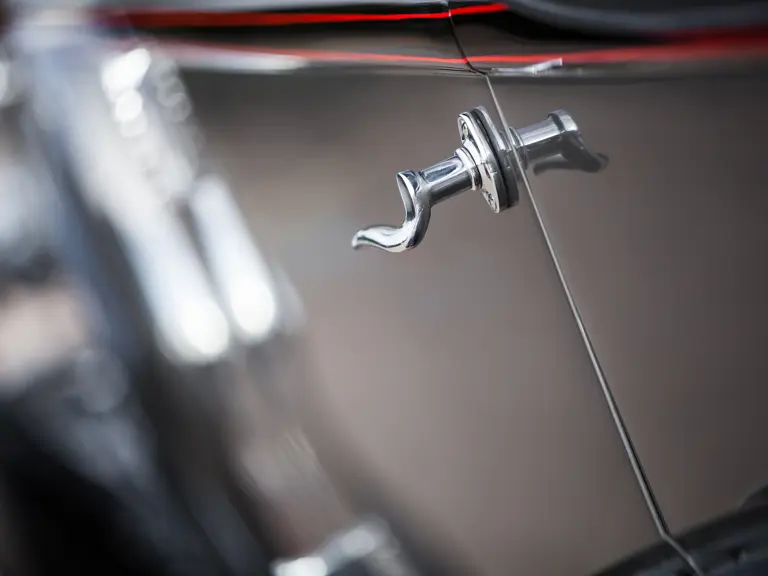
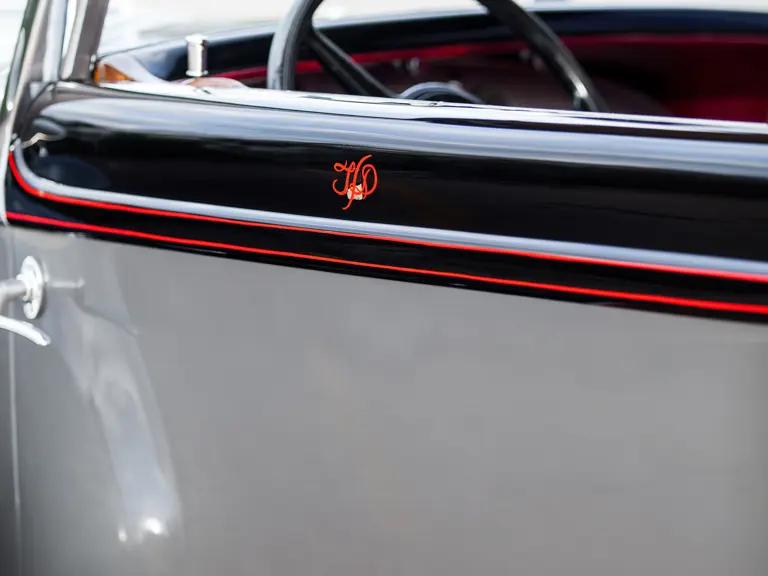


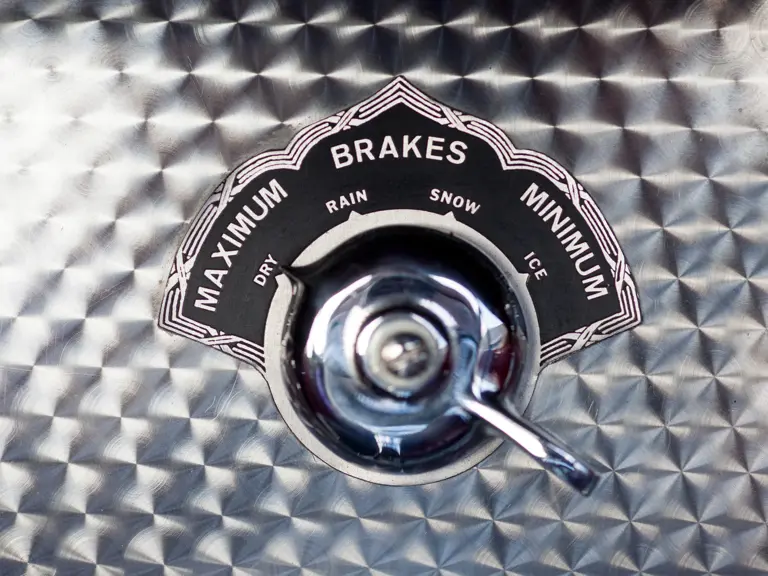

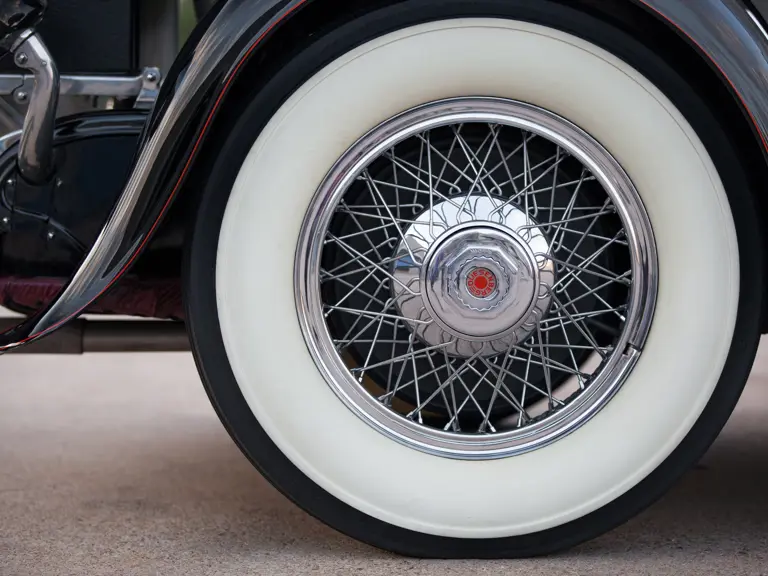

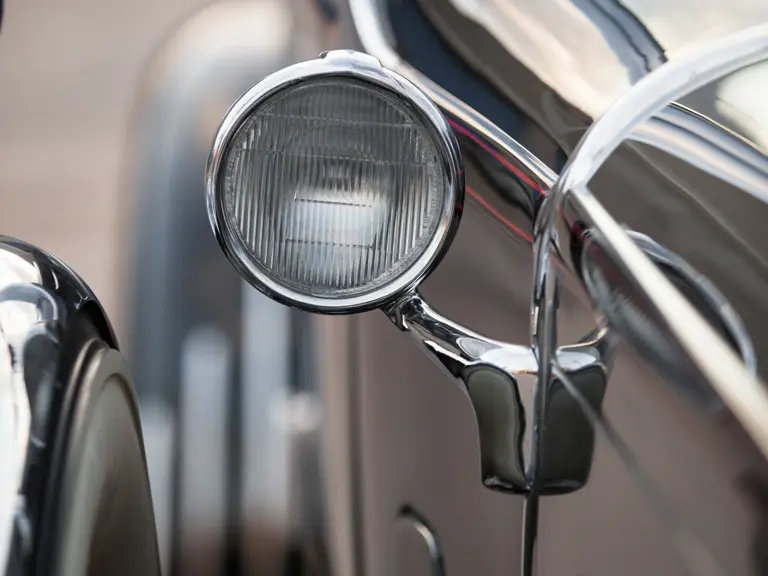

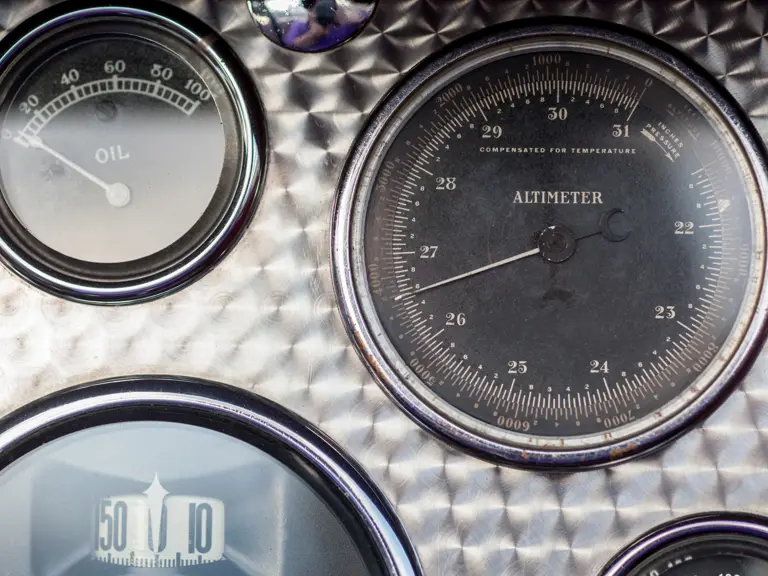

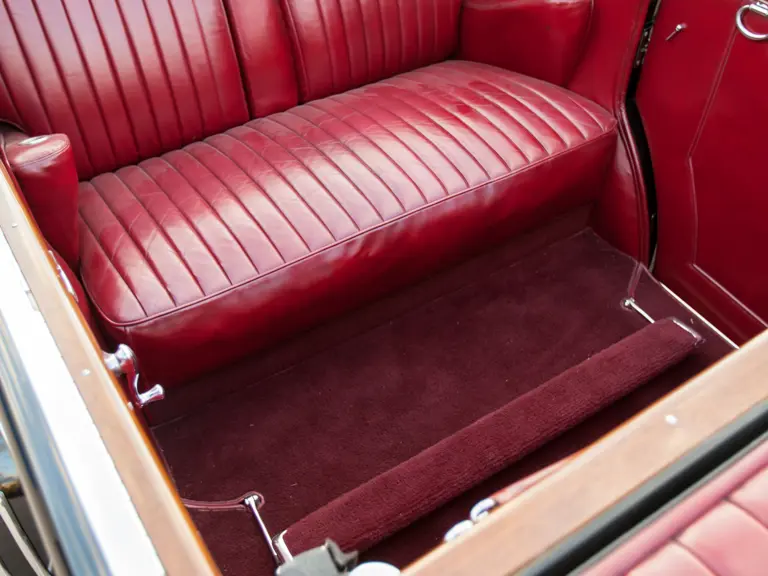
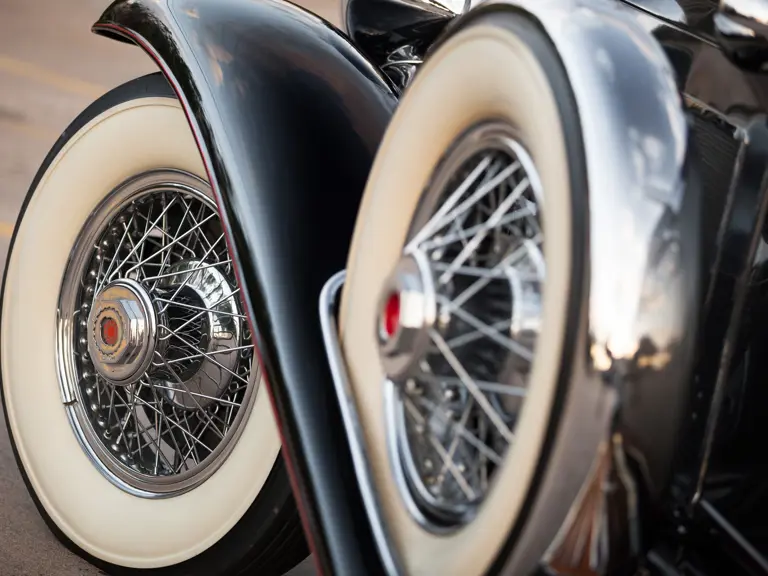
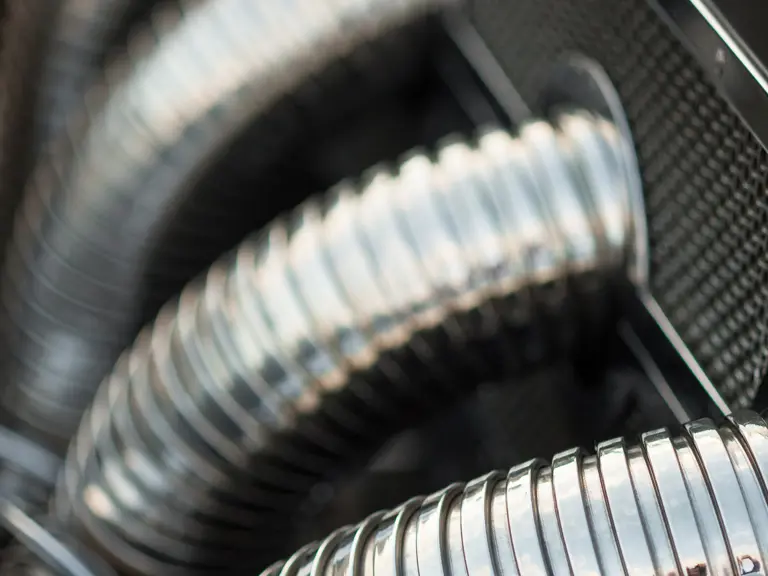
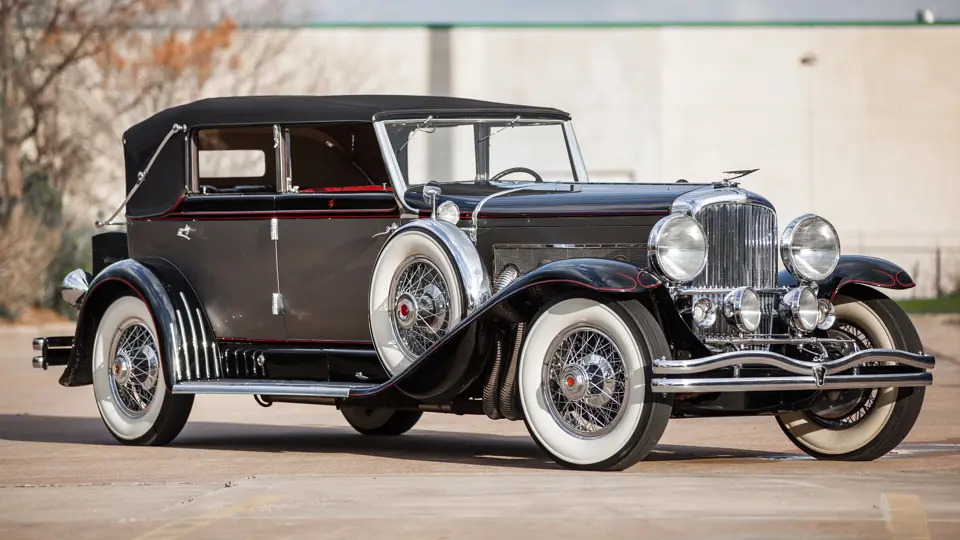
 | Amelia Island, Florida
| Amelia Island, Florida
